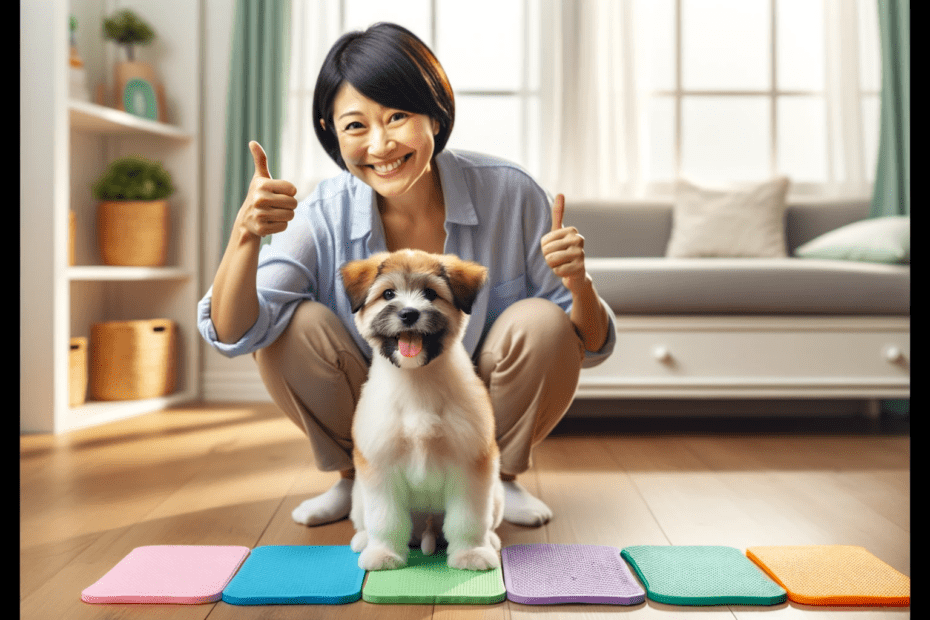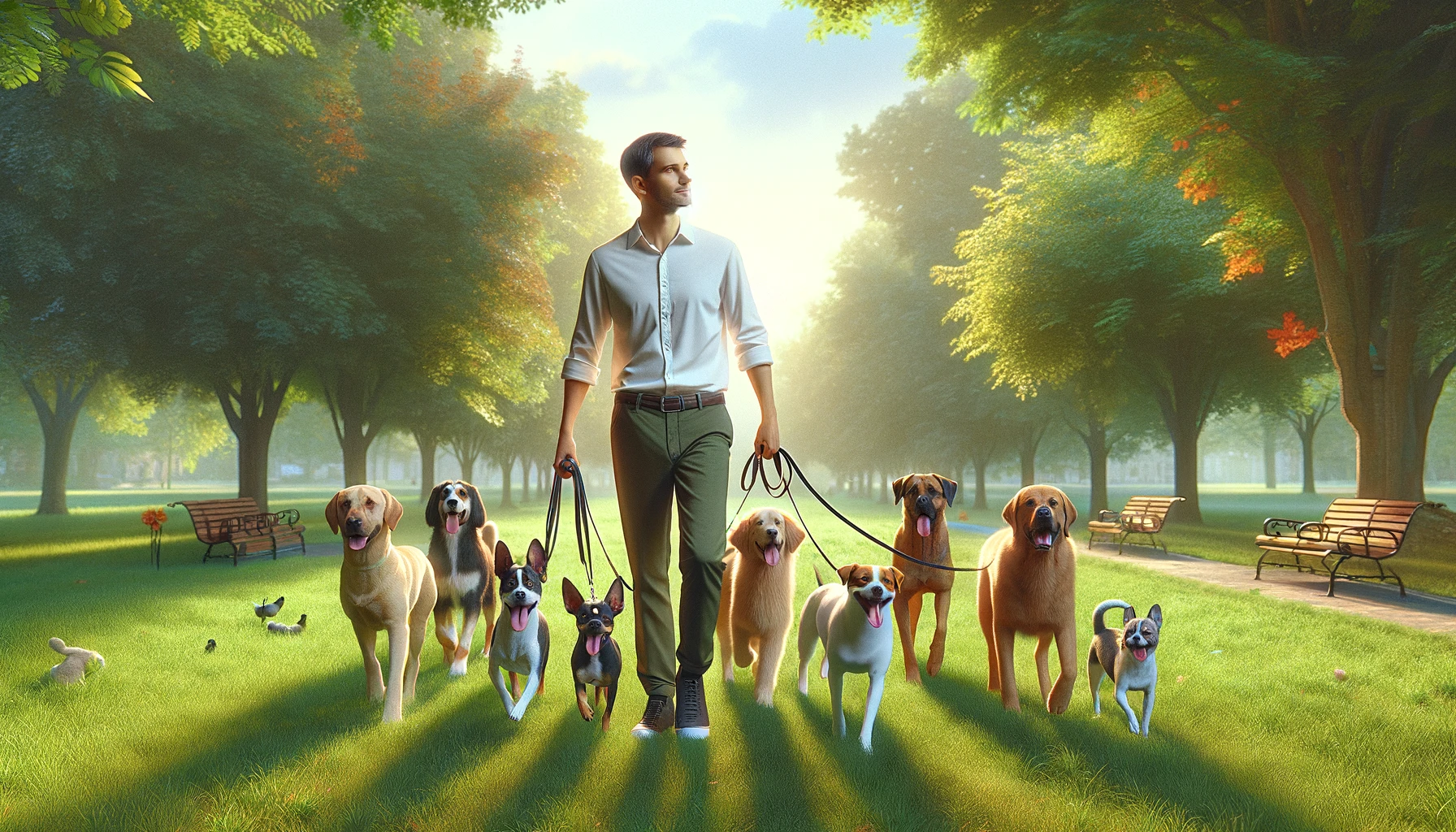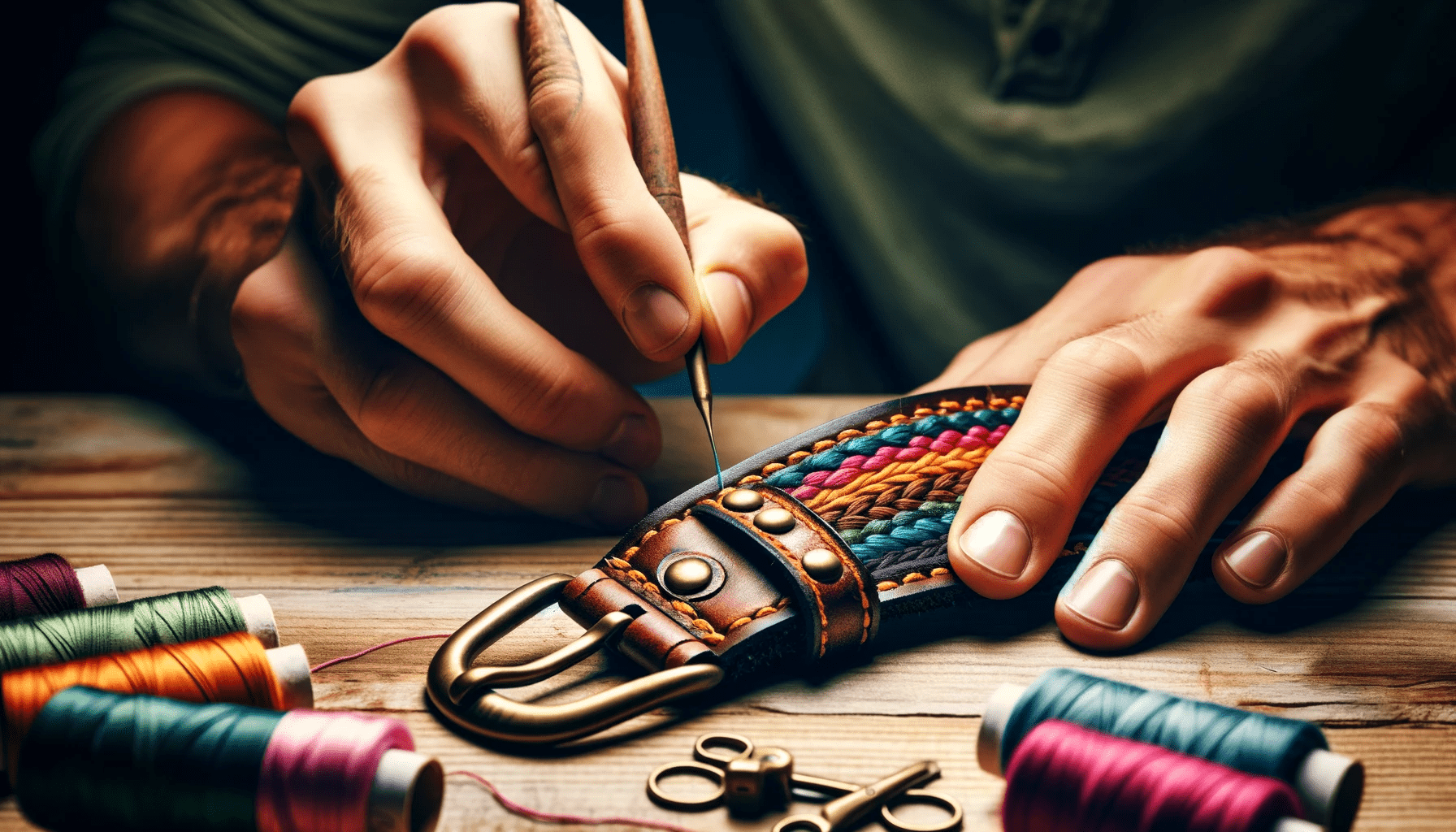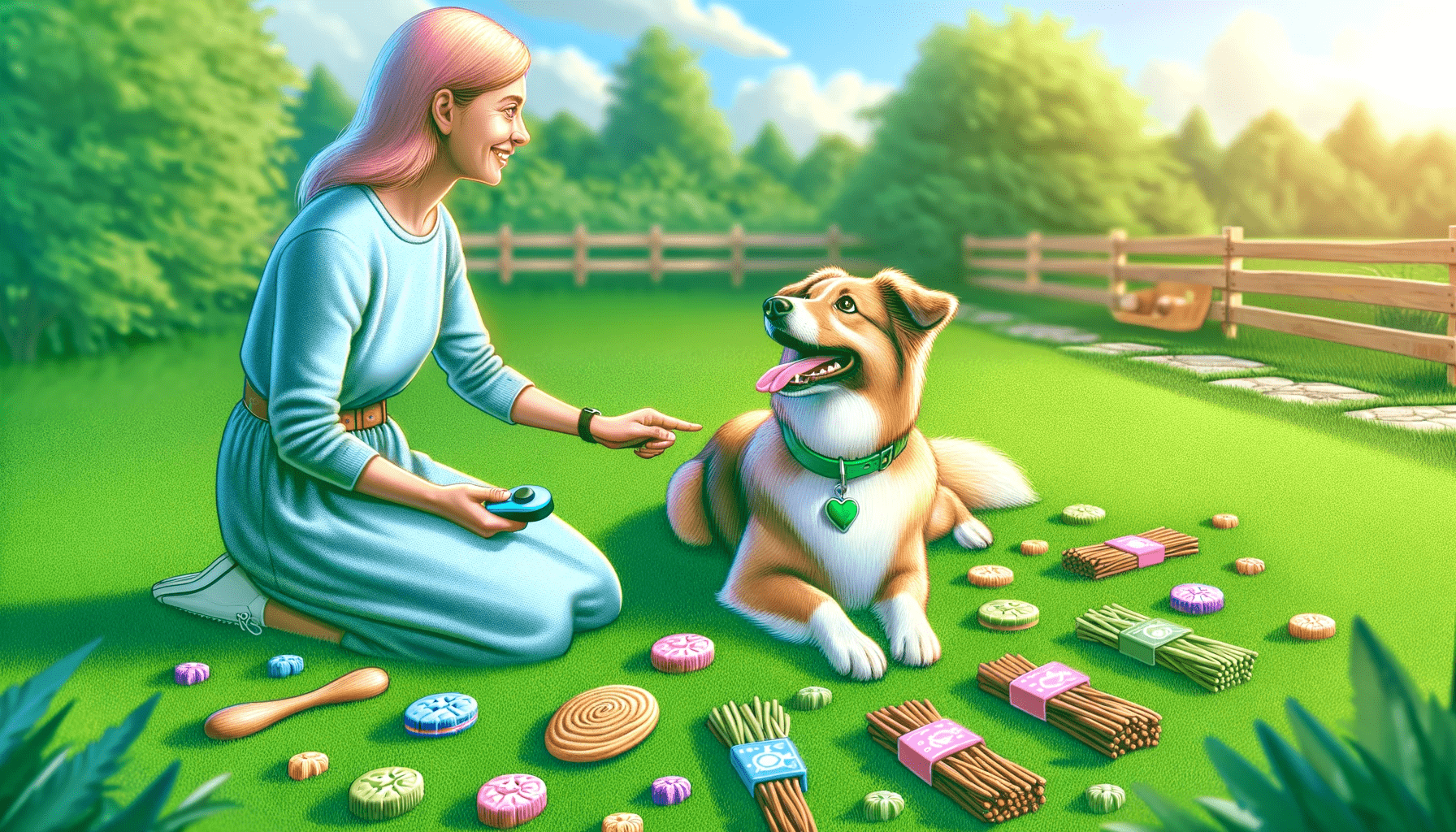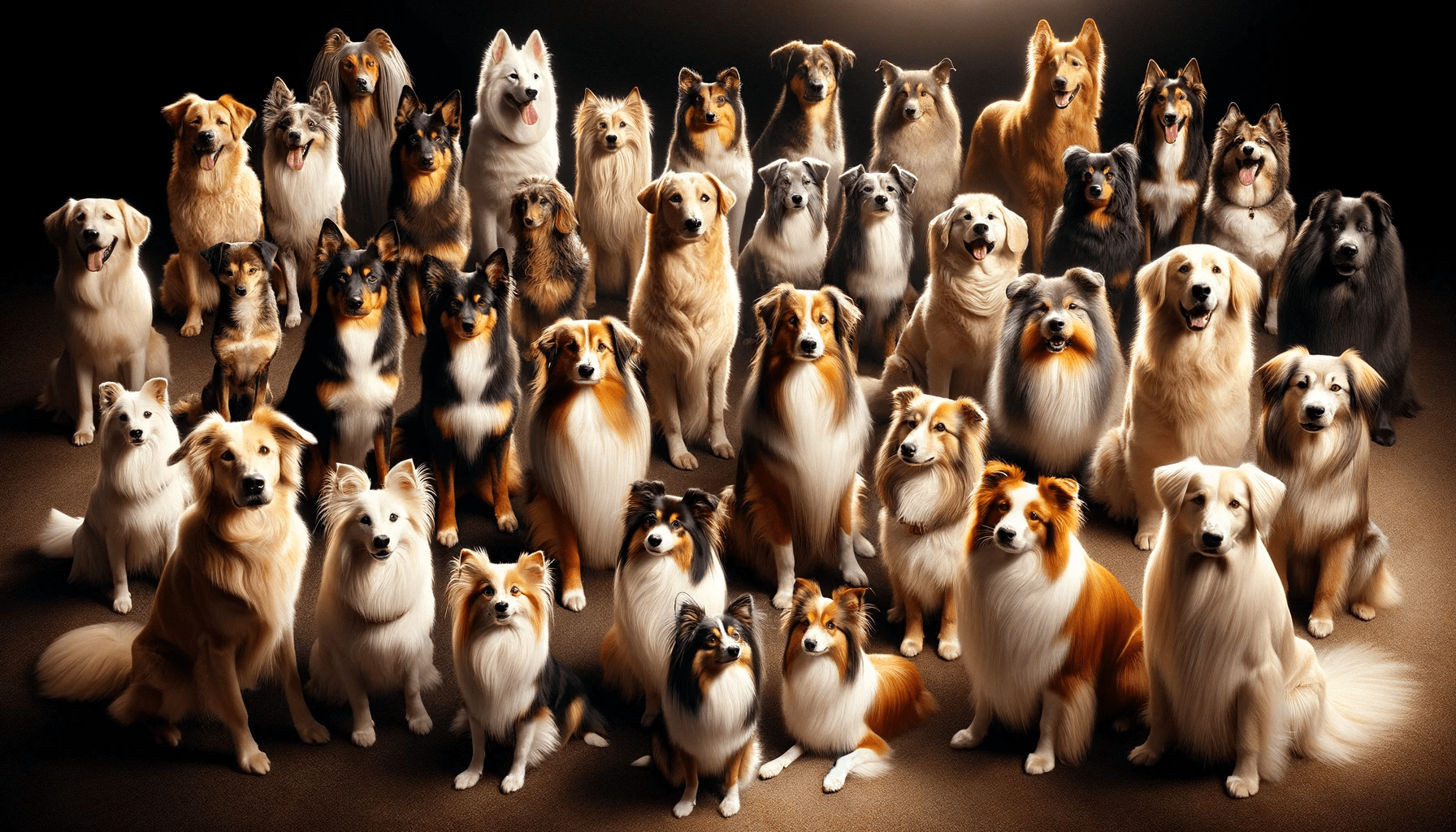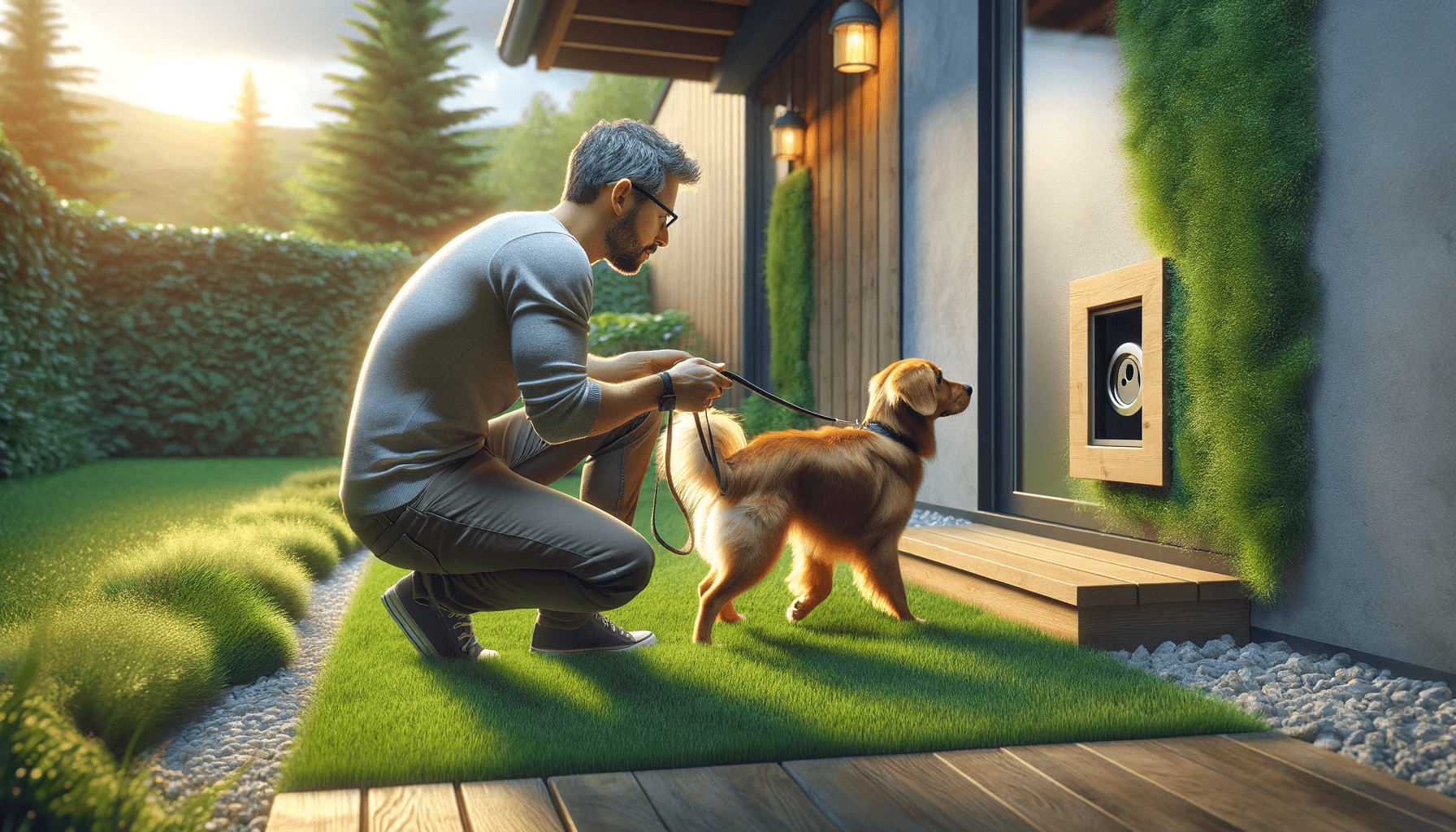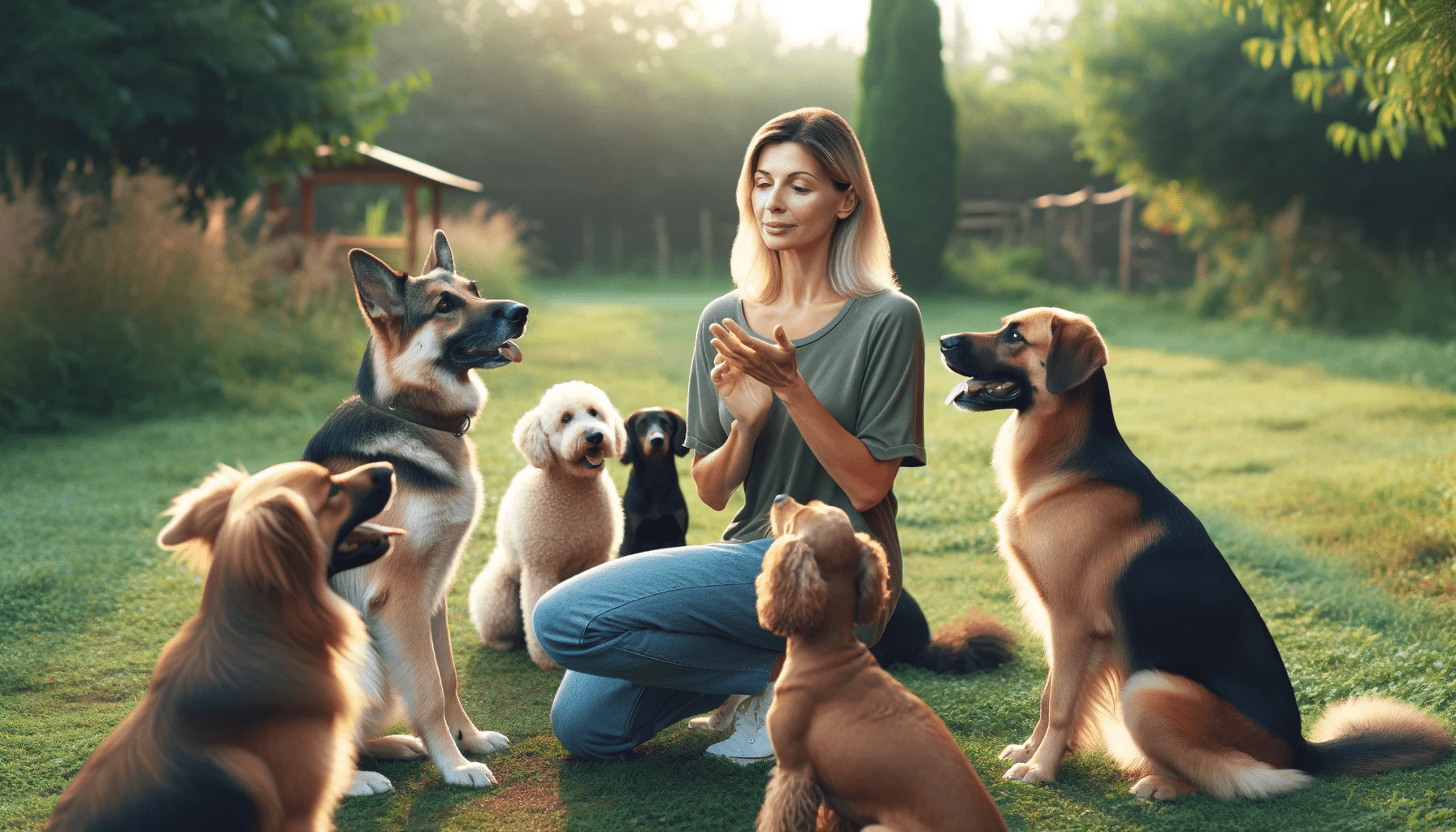Are you tired of the constant messes and frustration that come with puppy house training? Look no further!
In this article, we will provide you with 5 essential tips to make the process painless and efficient. By following these guidelines, you'll be able to establish a routine, create a designated potty area, and effectively manage accidents.
With patience and positive reinforcement, you'll have your furry friend house trained in no time. Say goodbye to the mess and hello to a well-behaved pup!
Key Takeaways
- Establish a proper schedule for potty breaks
- Designate a specific area for your puppy to go potty
- Use reward-based training techniques, such as clicker training and treats
- Manage accidents effectively by cleaning promptly and using appropriate cleaning products
Timing and Consistency
To successfully house train your puppy, you must consistently and timely reinforce positive behaviors using treats and praise. One key aspect of this is establishing a proper schedule. Creating a routine for your puppy will help them understand when it's time to go potty and when it's time to hold it.
Take your puppy outside to the designated potty area at regular intervals, such as after meals, naps, and playtime. By doing this consistently, your puppy will begin to associate these times with going potty outside.
Timing is also crucial in reinforcing positive behaviors. When your puppy successfully goes potty outside, make sure to praise them immediately and give them a treat. This positive association will help them understand that going potty outside is a good thing. However, it's important to remember that timing is everything. If you wait too long to reward your puppy, they may not understand what they're being rewarded for.
Consistency is key when it comes to house training. Stick to the schedule and reinforce positive behaviors every time your puppy goes potty outside. By doing this, you're setting clear expectations for your puppy and helping them understand what's expected of them.
With time and consistency, your puppy will become fully house trained and you can enjoy a clean and accident-free home.
Establish a Designated Potty Area
Create a specific area in your yard or home where your puppy can consistently go potty. Establishing a designated potty area is an essential step in puppy house training. Having a specific spot for your puppy to relieve themselves will help them understand where it's appropriate to go and will make the house training process much smoother.
When choosing a potty area, consider whether you want to train your puppy to go outdoors or indoors. Outdoor potty training is preferred by most pet owners because it encourages puppies to go outside, which is more hygienic and convenient. If you choose outdoor training, select a spot in your yard that's easily accessible and away from high traffic areas.
On the other hand, indoor potty training is a viable option for those who live in apartments or have limited access to outdoor spaces. Indoor potty training involves using puppy pads or a designated indoor potty area. This option requires more attention and consistency in cleaning and maintaining the designated area.
Whichever option you choose, it's crucial to establish a potty training schedule. Take your puppy to the designated area regularly throughout the day, especially after meals, naps, and playtime. Consistency is key in helping your puppy understand where they should go potty and develop good bathroom habits.
Reward-Based Training Techniques
When house training your puppy, you can effectively reinforce good behavior by using reward-based training techniques. These techniques aren't only effective but also humane and gentle.
Here are five essential tips for implementing reward-based training techniques:
- Clicker training effectiveness: Clicker training is a popular method that involves using a small handheld device that makes a clicking sound. By associating the click with a reward, such as a treat, you can mark and reinforce desired behaviors in your puppy.
- Crate training benefits: Crate training is a valuable technique that can help with house training. By providing your puppy with a safe and comfortable space, you can teach them to associate the crate with positive experiences. This can aid in preventing accidents and teaching them to hold their bladder.
- Treat rewards: Using treats as rewards can be highly effective in reinforcing good behavior. Make sure to choose small, soft treats that your puppy loves and reserve them exclusively for training sessions.
- Verbal praise: Along with treats, verbal praise is an important tool in reward-based training. Use a positive and enthusiastic tone of voice to let your puppy know that they've done something right.
- Consistency: Consistency is key in reward-based training. Make sure to consistently reward your puppy for good behavior and avoid inadvertently rewarding unwanted behavior.
Managing Accidents Effectively
Clean up accidents promptly to prevent your puppy from developing bad habits. Accidents are bound to happen during the house training process, but it's crucial to manage them effectively. When accidents occur, it's important to clean them up promptly and thoroughly to eliminate any lingering odors that may attract your puppy back to the same spot.
To clean up accidents, use a pet-friendly cleaning product specifically designed to remove pet stains and odors. Avoid using harsh chemicals that may be harmful to your puppy. Look for enzymatic cleaners that break down the organic components of the accident and neutralize the odor.
In addition to cleaning, crate training can be a helpful tool in managing accidents. Dogs naturally avoid soiling their sleeping area, so using a crate can help prevent accidents while you're unable to closely supervise your puppy. Make sure the crate is appropriately sized for your puppy, allowing enough room for them to stand up, turn around, and lie down comfortably.
Patience and Positive Reinforcement
As you navigate the house training process, patience and positive reinforcement are key to helping your puppy develop good habits. Building trust and using crate training effectively can greatly aid in this process. Here are five essential tips to help you with patience and positive reinforcement during puppy house training:
- Consistency: Stick to a consistent schedule for feeding, potty breaks, and playtime. This will help your puppy understand what's expected of them and establish a routine.
- Reward-based training: Use positive reinforcement, such as treats or praise, to reward your puppy for good behavior. This will motivate them to repeat the desired actions.
- Ignore accidents: Accidents happen, especially during the early stages of house training. Instead of scolding or punishing your puppy, ignore the accident and focus on reinforcing positive behavior.
- Create a safe space: Crate training can provide a safe and comfortable space for your puppy. Gradually introduce your puppy to the crate and make it a positive experience by offering treats and toys.
- Be patient: Remember that house training takes time and puppies may have setbacks. Stay patient and remain consistent with your training methods.
Frequently Asked Questions
How Long Does It Usually Take to Successfully House Train a Puppy?
On average, it takes a few weeks to successfully house train a puppy. However, with effective techniques such as consistency, positive reinforcement, and crate training, you can expedite the process and minimize accidents.
What Are Some Common Mistakes to Avoid During the House Training Process?
To avoid common mistakes during puppy house training, be consistent with a regular schedule, use positive reinforcement, and avoid punishment. Effective methods include crate training, frequent potty breaks, and rewarding good behavior.
Can I Use Pee Pads or Newspaper Instead of Taking My Puppy Outside to Potty?
Yes, you can use pee pads or newspaper as an alternative to taking your puppy outside to potty. However, it is important to note that outdoor potty training has many benefits for your puppy's overall development and health.
How Do I Handle Accidents That Occur Outside of the Designated Potty Area?
When accidents occur outside the designated potty area, it's important to remain calm and clean up the mess promptly. Consistency and positive reinforcement are key to managing accidents during the house training process.
Is It Normal for My Puppy to Have Occasional Setbacks or Regression in Their House Training Progress?
Yes, setbacks in house training are normal for puppies. They may have accidents due to anxiety or lack of bladder control. Consistency, positive reinforcement, and a regular potty schedule can help manage these setbacks.
Conclusion
In conclusion, following these essential tips for painless puppy house training will help you establish a routine and effectively manage accidents.
By being consistent with timing and using reward-based techniques, you can teach your puppy where to go potty.
Creating a designated area and using positive reinforcement will further reinforce good behavior.
Remember, accidents may happen, but with patience and effective management, your puppy will quickly learn the ropes of house training.
